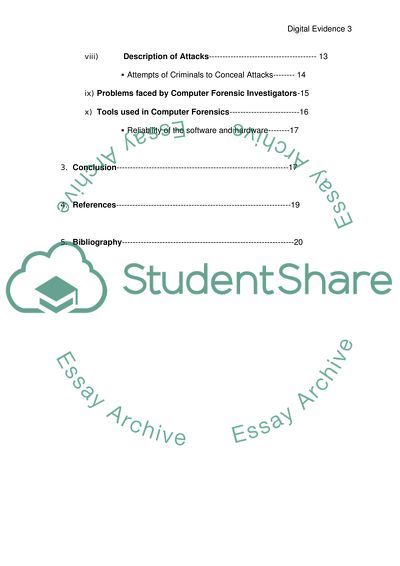Cite this document
(Digital Evidence: Understanding The Process and Challenges Assignment, n.d.)
Digital Evidence: Understanding The Process and Challenges Assignment. Retrieved from https://studentshare.org/information-technology/1722307-ict-248-cyber-forensics-assignment-2
Digital Evidence: Understanding The Process and Challenges Assignment. Retrieved from https://studentshare.org/information-technology/1722307-ict-248-cyber-forensics-assignment-2
(Digital Evidence: Understanding The Process and Challenges Assignment)
Digital Evidence: Understanding The Process and Challenges Assignment. https://studentshare.org/information-technology/1722307-ict-248-cyber-forensics-assignment-2.
Digital Evidence: Understanding The Process and Challenges Assignment. https://studentshare.org/information-technology/1722307-ict-248-cyber-forensics-assignment-2.
“Digital Evidence: Understanding The Process and Challenges Assignment”, n.d. https://studentshare.org/information-technology/1722307-ict-248-cyber-forensics-assignment-2.


